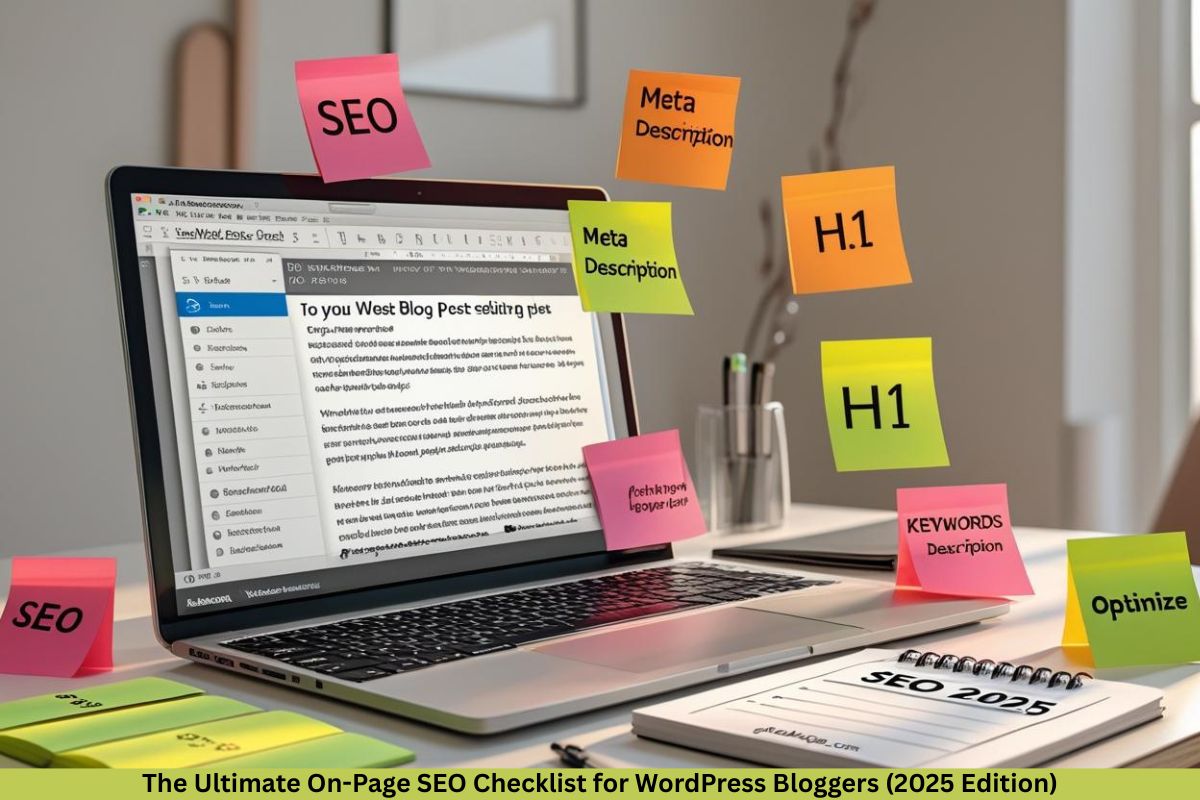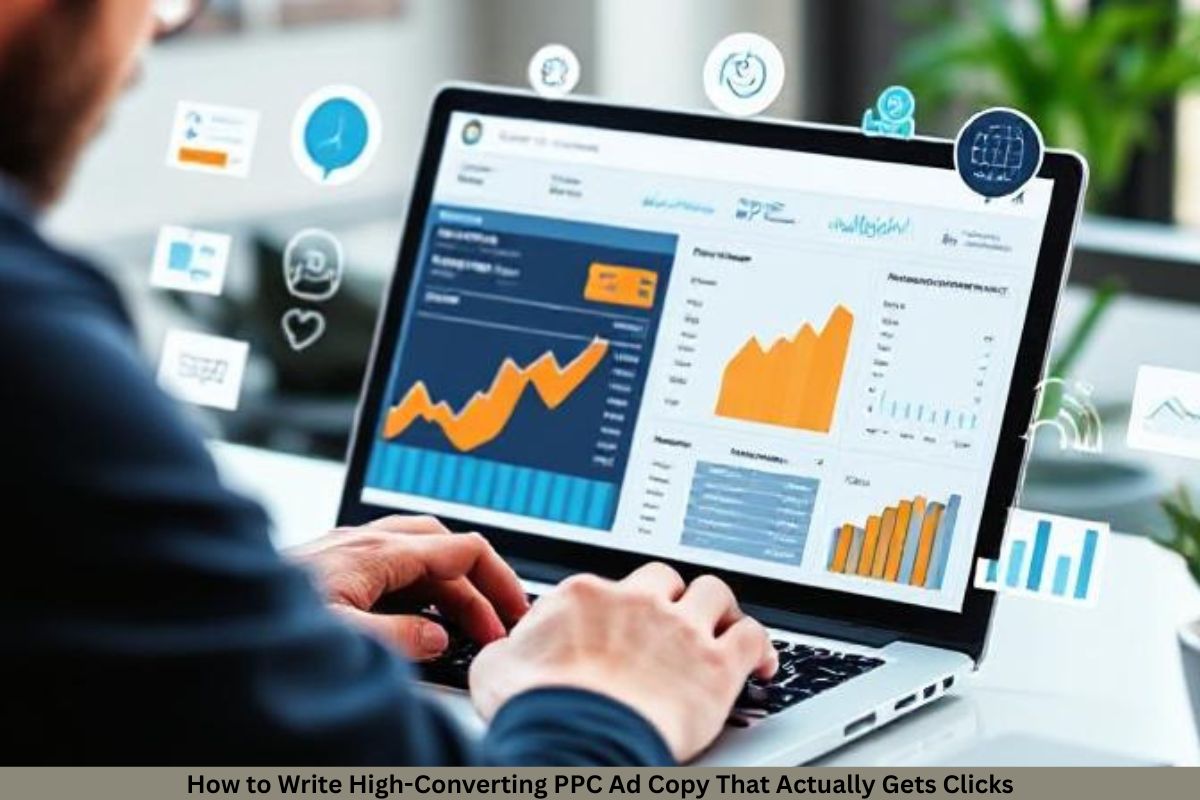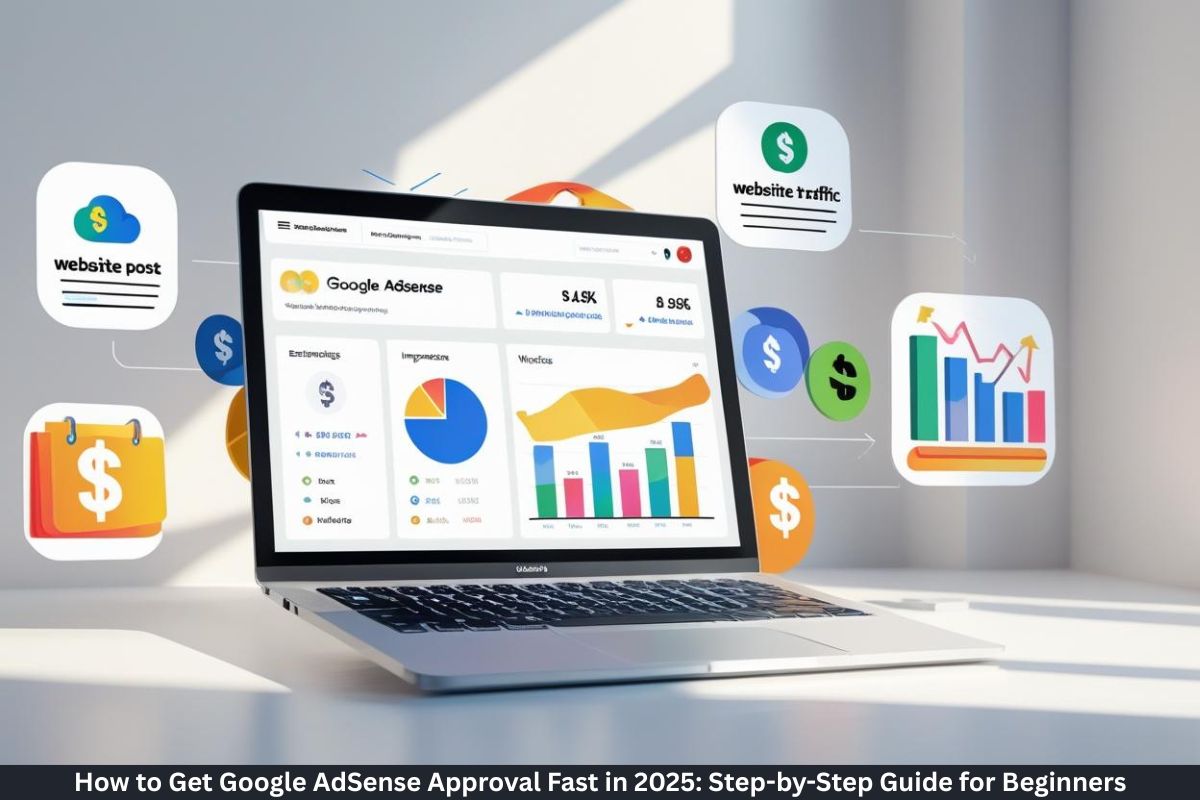Creating excellent content is best 1/2 the conflict. If people cannot locate your weblog posts, what is the factor? That’s where on-page search engine optimization is available. It’s the process of optimizing your blog content so search engines—and readers—can without difficulty recognize and index it.
Why On-Page SEO Matters
On-page SEO helps enhance your blog’s visibility in seek engine results. Done properly, it increases site visitors, engagement, or even conversions. It’s like giving Google a roadmap for your content.
How WordPress Makes SEO Easier
WordPress is a dream for bloggers with regard to search engine marketing. With SEO-friendly issues, plugins, and functions, it units you up for success—if you use it properly.
Pre-Publishing Checklist
Before typing out your first phrase, a few basics are essential.
Keyword Research Basics
Find applicable key phrases that your target audience is trying to find. Use equipment like Google Keyword Planner, Ubersuggest, or Ahrefs.
Competitor Content Analysis
Check what’s ranking in Google’s top results. Look at the phrase count, structure, and common key phrases used.
search engine marketing-Friendly Post Titles
Your name is the primary issue human beings see—and frequently the determining element in whether they click on or no longer.
How to Craft Click-Worthy Titles
Make it engaging, emotional, or fascinating. Numbers and strength phrases work wonders.
Keyword Placement in Titles
Place your foremost keyword as close to the start of your name as feasible.
URL Structure Optimization
A smooth, concise URL no longer only seems desirable but additionally enables search engines like Google to recognize your content.
Short and Clean Permalinks
Avoid unnecessary phrases. For instance:example.Com/on-web page-seo-checklist
Including Keywords in URLs
Make sure your principal keyword is within the URL—easy and powerful.
Use of Header Tags (H1, H2, H3…)
Organized content is simpler to study for both human beings and bots.
Importance of Heading Hierarchy
Use only one H1 (your post name), accompanied by way of H2 for essential sections and H3 for subsections.
SEO Benefits of Structured Content
Structured content material improves crawlability and boosts your risk for featured snippets.
Content Optimization
This is the heart of on-web page search engine optimization.
Keyword Placement in the Content
Naturally, include your primary keyword within the first one hundred phrases, and some more instances in the course of.
LSI and Semantic Keywords
Don’t repeat the same word again and again. Use related phrases and synonyms to beautify the meaning.
Avoiding Keyword Stuffing
Google’s smarter now—overuse of keywords will harm you more than help.
Image search engine marketing
Images do more than make your publish appearance desirable—they could improve search engine marketing.
Use of Descriptive File Names
Rename photos to something meaningful like seo-checklist-wordpress.Jpg in place of IMG1234.Jpg.
Alt Text and Captions
Alt textual content enables visually impaired customers and search engines like Google to understand your photos. Captions add context.
Compressing Images for Speed
Use tools like TinyPNG or plugins like Smush to lessen image size without dropping first-class.
Internal and External Linking
Links are a big deal in SEO.
Smart Internal Linking Strategy
Link to relevant older posts. It maintains users on your website longer and boosts search engine marketing.
Linking to Reputable Sources
Linking to high-authority websites can grow trustworthiness and enhance rankings.
Mobile Responsiveness
Over 60% of site visitors are mobile. Don’t forget about this.
Importance of Mobile-Friendly Design
Google makes use of mobile-first indexing, so your web page should look and function properly on phones.
How to Test Mobile Optimization
Use Google’s Mobile-Friendly Test or simply view your website online on mobile devices.
Readability and User Experience
If readers can’t digest your content material, they’ll jump—and Google will be aware.
Use of Short Paragraphs and Sentences
Make it skimmable. Avoid large blocks of text.
Bullet Points and Lists
Lists cut up content and make it simpler to soak up key info speedy.
Meta Descriptions
The little snippet underneath your title on Google can make or break a click.
Writing Engaging Meta Descriptions
Summarize your submission compellingly and encompass a call-to-action.
Character Limits and Keyword Use
Keep it underneath 160 characters and obviously encompass your principal keyword.
Schema Markup
This is the secret weapon for wealthy snippets.
What Is Schema?
Schema tells search engines like Google and Yahoo what your content is about in an established way.
Plugins for Adding Schema in WordPress
Use Rank Math or Schema Pro to combine dependent records.
SEO Plugins for WordPress
Don’t pass it on my own—plugins assist in automating SEO obligations.
Yoast SEO vs Rank Math
Both are wonderful. Yoast is more newbie-pleasant, whilst Rank Math offers more functions without cost.
How to Use search engine optimization Plugins Effectively
Fill out the identity, description, consciousness keyword, and comply with the plugin’s checklist for every post.
Post-Publishing Actions
You hit “Publish.” Now what?
Sharing on Social Media
Promote across your channels. Add Open Graph tags for better previews.
Updating and Republishing Content
Fresh content ranks higher. Revisit vintage posts, upload new information, and republish with today’s date.
Conclusion
There you have it—your last on-web page search engine optimization tick list for WordPress blog posts. Search engine optimization doesn’t have to be a mystery. With those practical guidelines and equipment, you’re nicely on your way to mountain climbing, seek engine ratings, and growing your blog site visitors.
FAQs
What’s a quality SEO plugin for WordPress?
Yoast and Rank Math are the pinnacle contenders. Choose based totally to your comfort and function desires.
How long should a blog publish be for search engine optimization?
A minimum of 1000 phrases is good, but more intensive posts (2000+) generally tend to perform higher.
Can I do search engine optimization without plugins?
Technically, yes, but plugins make it easier and quicker, particularly for meta tags, sitemaps, and schema.
How frequently do I have to replace vintage blog posts?
Every 3–6 months is good, in particular for posts that get steady site visitors.
Does picture length affect search engine marketing?
Absolutely. Large pics sluggish down your website, which negatively affects search engine optimization.




